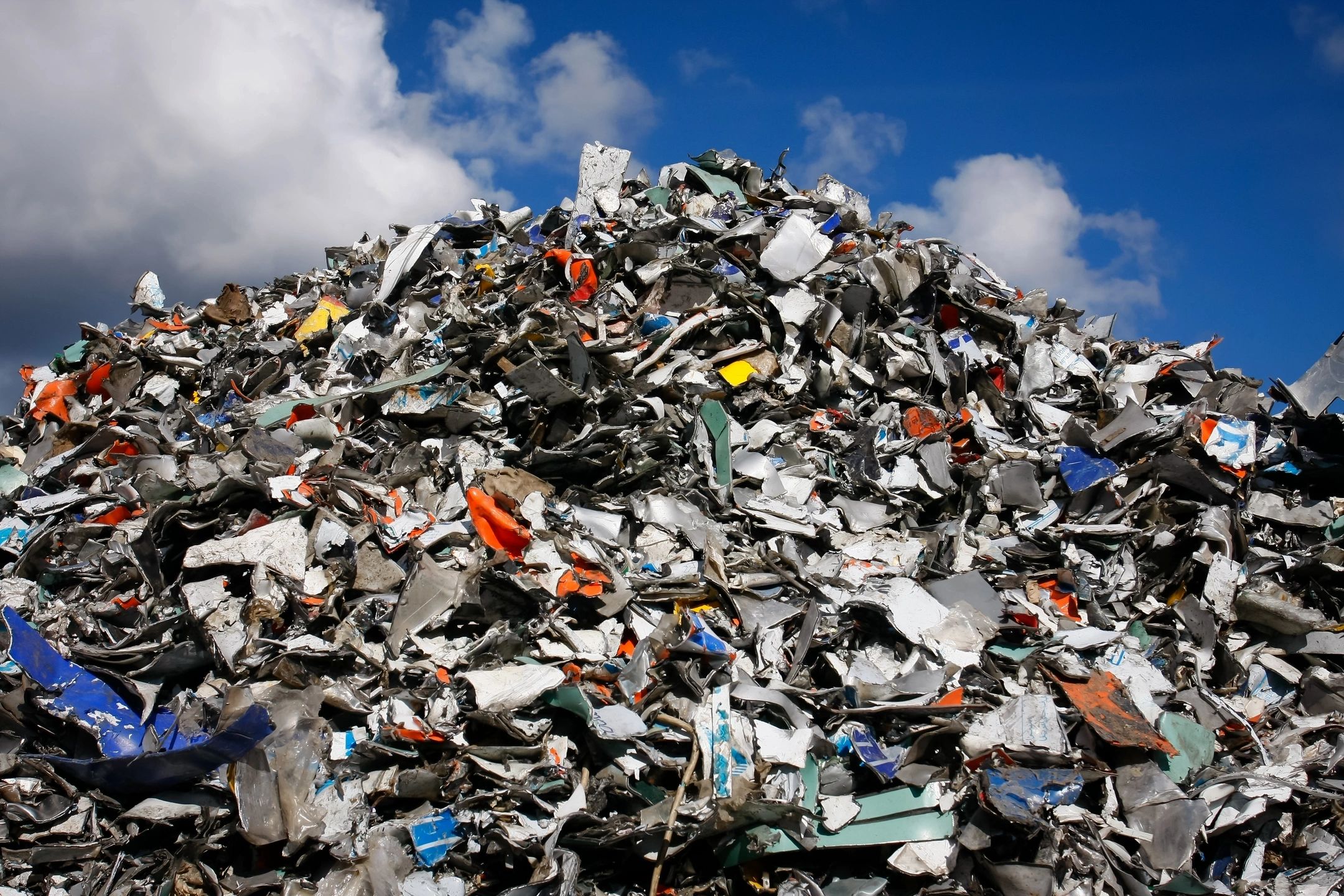We unfortunately live in a disposable nation where almost everything is meant to end up in the trash. Take a moment and reflect on how many items you buy that ultimately will end up in the trash. Sadly, for most of us, this is the majority of our purchases.
Toilet paper – Flushed down the toilet = Trash
Paper towels, napkins, and facial tissue – One use = Trash
Paper and/or plastic plates, cups, and utensils – One use = Trash
Packaging on items like electronics, toys, food, etc. = Trash
Food that has either gone bad or we simply don’t want = Trash
Plastic bags including shopping bags, produce bags, ziplock bags, garbage bags, etc. = Trash
We Are Wasteful – The Facts
It is quite alarming with how many items we are buying, full knowingly that they will end up in our landfills. Not only are these items a problem as they are filling up our landfills, but the resources that it takes to make these disposable items are killing our natural resources such as trees, taking homes away from animals, pollution through production due to run off, and many more unfortunate side effects.
Food Waste Facts According to U.S. DEPARTMENT OF AGRICULTURE:
- 30-40 percent of food bought in the United States is wasted – meaning it ends up in the trash before it is consumed/used.
- 133 billion pounds of food ended up in the trash in 2010 – this equates to 218.9 pounds of food per person wasted
- $161 billion worth of food was wasted in 2010
Nondurable Goods Waste Facts According to the EPA:
Note: Nondurable means it has a life with less than 3 years and the information below does not include the amount of items recycled, but that of which goes directly to landfills.
- 3.8 trillion tons of facial tissue and towels – This did not include toilet paper
- 1.4 million tons of paper plates and cups
- 1.1 million tons of plastic cups and plates
- 1.1 million tons of garbage bags
- 4.2 million tons of disposable diapers
- 12.8 million tons of clothing and shoes
- A total of 27.7 trillion tons of nondurable goods ended up in landfills in 2017
Plastic Waste – According to Multiple Sources
- Eighty percent of pollution to the marine environment comes from the land
- 4.8 and 12.7 million tons of plastic enter the ocean each year
- It is estimated that in 2015, around 55 percent of global plastic waste was discarded, 25 percent was incinerated, and 20 percent was recycled
- Annual plastic produced is around 381 million tons per year
- 4 to 8 percent of global oil consumption is from making plastic products
Take Action – Limit Waste
Disposable items hurt the environment, it is that simple. However, the good news is you can easily do your part to make a change! If you think you are not the problem or that your actions don’t matter, I am here to tell you that you are undoubtably 100% wrong. Your actions do matter.
Here are some simple tips to reducing your waste:
- Don’t take that plastic bag – I don’t care if it is a shopping bag, a produce bag, whatever kind of plastic bag – do your part and don’t take it. Opt for a reusable option instead. These reusable options are everywhere and you can begin making it a habit to carry them with you in your car – so not having them is not even an excuse.
- Ask for no straw – In most cases straws are not necessary and even if they are made with paper they are still ending up in the garbage and taking up precious natural resources to make them. If you really need a straw invest in a reusable metal or a silicon option.
- DIY household cleaners – Invest in refillable spray bottles and make your own household cleaners. These are super easy and will save you money!
- Reusable napkins, towels, and tissue – Ditch the paper products and invest in some super cute reusable cloth options!
- Go grocery shopping more frequently – Aim to buy only what you need to avoid things ending up in the trash.
- Start composting – Avoid food from ending up in the trash and turn it into something amazing instead!
Resources
U.S. Department of Agriculture
Environmental Protection Agency
National Oceanic and Atmospheric Administration
Other Articles You Might Like…
Seriously, Don’t Take That Plastic Bag


